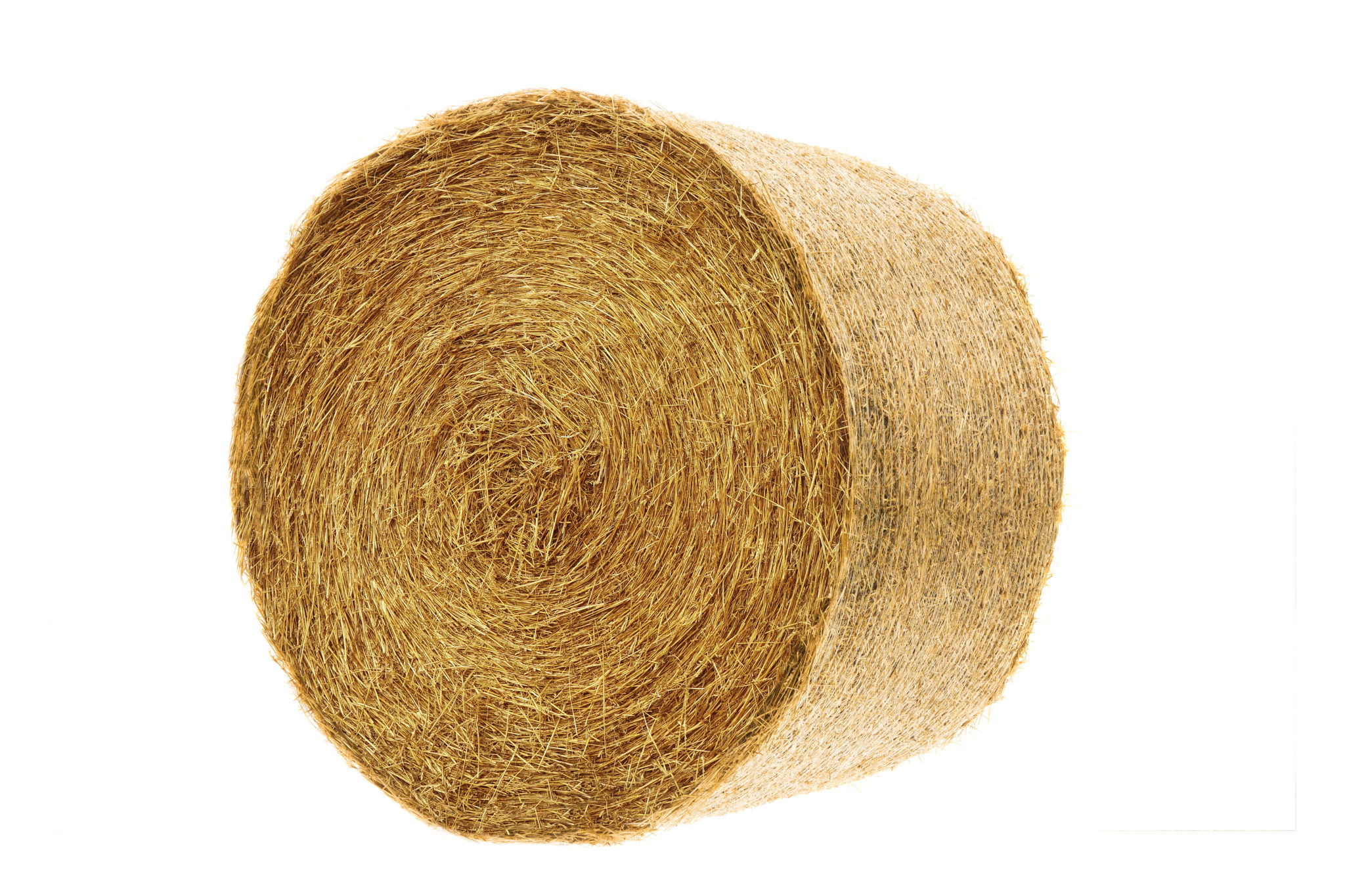Q: How can I tell if my horse’s hay has gone off?
A: The consequences for your horse’s gastrointestinal and respiratory health can be severe if forage quality, especially hygiene is poor. Changes in forage have a much bigger impact on gastrointestinal health than that of concentrate feeds. In particular the impact of forage on the microflora of the hindgut can be huge. It is even more important to know how much forage you have left at any given time, so that when that is running low you can gradually introduce the new forage over the course of at least three weeks.
In South Africa, we unfortunately don’t readily have access to a forage testing laboratory so visual inspection normally has to be relied upon when assessing hay. On visual inspection a good batch of hay will look green to light brown in colour, with clean stems and leaves. It will smell fresh and like hay! Generally, feeding hay that is about a year old is ideal, but if good hay is stored correctly it can remain good for years. The nutritional value of the hay will deteriorate with time, but as long as the horse has the correct balance of vitamins, minerals and nutrients and is maintaining a healthy weight, this is not a major concern.
Bad quality hay varies from brown to sun-bleached to obviously mouldy. Mouldy hay tends to look dusty, have a musty smell and may even have dark or white areas of mould spores. You should never feed hay from a mouldy bale as fungal and mould spores can spread further into the hay than may be obvious to the naked eye.

